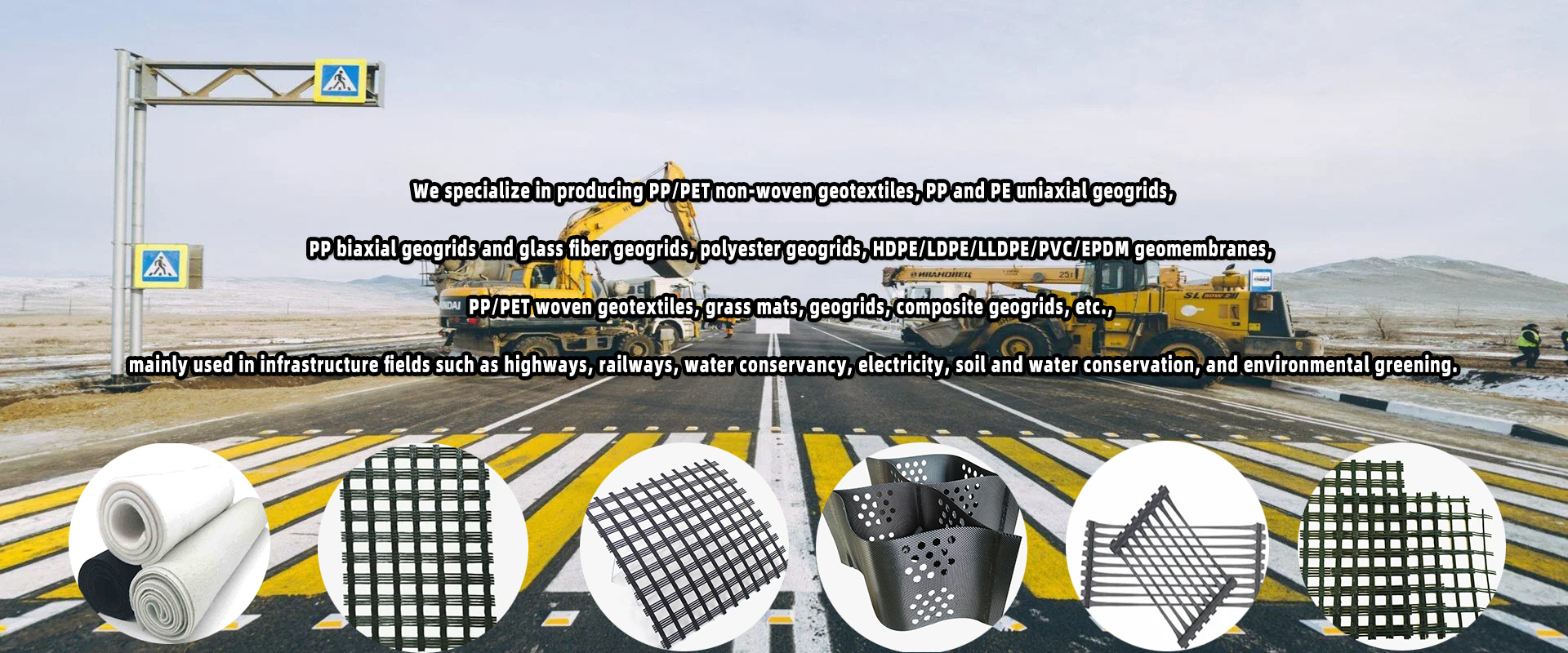"Geocell Thickness Guide: Find the Perfect Fit for Your Project"
Release time:
2024-11-15
Geocells are commonly used in various applications due to their superior strength, stability, and durability. The different thicknesses of geocell materials correspond to different applications in the engineering and construction industry.
1. Thin Geocells (less than 50mm):
These thin geocells are typically used in applications where a lightweight and flexible solution is needed. They are commonly used for erosion control, slope protection, and vegetation reinforcement. Thin geocells are also suitable for temporary applications such as construction site access roads and temporary storage areas.
2. Medium Geocells (50-100mm):
Medium thickness geocells are commonly used for load support and soil stabilization applications. They are often used in road construction, parking lots, and embankment reinforcement. Medium geocells provide a balance between strength and flexibility, making them suitable for a wide range of applications where moderate support and stabilization are required.
3. Thick Geocells (more than 100mm):
Thick geocells are designed for heavy-duty applications that require maximum strength and load-bearing capacity. They are commonly used in applications such as retaining walls, bridge abutments, and foundation reinforcement. Thick geocells provide superior stability and support, making them ideal for demanding engineering projects that require long-term durability and high performance.
In summary, the thickness of geocell materials plays a crucial role in determining their application suitability in various engineering and construction projects. By selecting the appropriate thickness of geocells based on the specific requirements of the project, engineers and contractors can ensure optimal performance and long-term durability of the geocell system.




